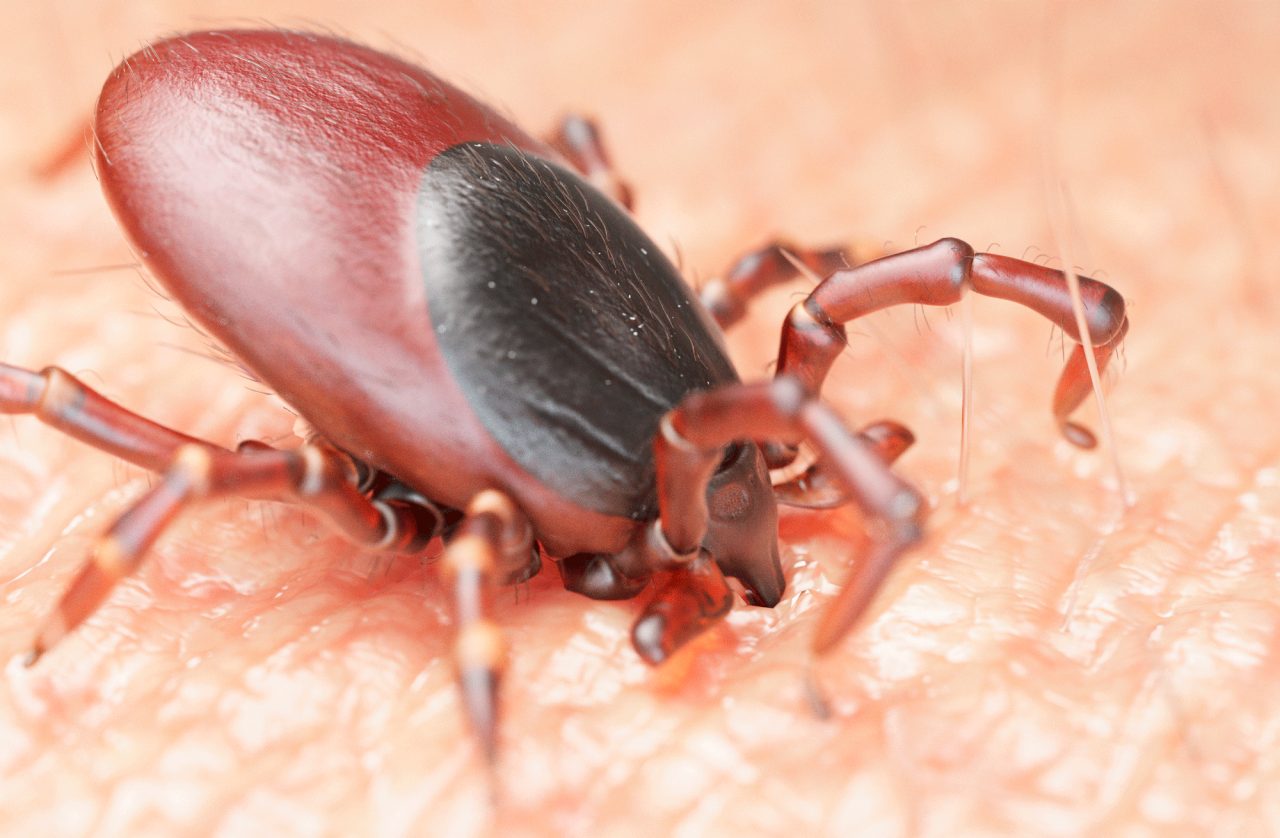Prevention Guidelines for Lyme Disease

To help prevent potentially serious, tick-borne Lyme disease, learn how to avoid ticks and find out what to do if you spot a tick on yourself, a child, or pet.
Lyme disease is the most common tick-borne disease in the U.S. Around 30,000 Americans are diagnosed with the infection every year. The number of Americans who are infected from tick bites, however, is likely far higher. In fact, the Centers for Disease Control and Prevention (CDC) estimates Lyme disease probably affects 300,000 Americans annually.
While there’s no doubt those statistics are concerning, there’s good news. Following prevention guidelines for Lyme Disease can go far to help you and your family avoid the disease.
YOU MIGHT ALSO LIKE: Lyme Disease Controversies Continue
Why preventing Lyme disease is important
Lyme disease is caused by bacteria (Borrelia burgdorferi and, rarely, Borrelia mayonii) which is transmitted when an infected blacklegged tick bites into skin. Unfortunately, you might not feel these small creatures latch onto you and bite. What’s more, they can be extra hard to spot if they land on a part of your body (like your back) you may not look at regularly.
Early Lyme disease symptoms include fever, feeling unusually tired, and severe headaches. Approximately 70 percent of people with Lyme disease develop a skin rash (called erythema migrans) that sometimes looks much like a bull’s eye target, the CDC notes.
Although early recognition of the disease and treatment with antibiotics can often cure the infection, untreated Lyme disease can cause symptoms and potential damage to joints, the heart, and the nervous system.
Nobody in the U.S. can assume their area of the country is free from Lyme Disease. The National Institute of Allergy and Infectious Diseases reports that tickborne diseases are increasing rapid in the U.S. and continue to expand across the country. So, the first step to prevent Lyme disease is recognizing you need to be proactive about avoiding ticks.
Follow these prevention guidelines for Lyme disease
To prevent Lyme disease, follow guidelines from the CDC.
Be aware of where ticks lurk. Ticks are primarily found in wooded and grassy areas. While you are more likely to come in contact with ticks hiking, camping, or hunting in the woods, be aware gardening in your backyard or walking outdoors and playing with your dog can expose you to ticks that are potentially carrying Lyme disease. Wearing long sleeves, socks, and pants outside can help keep ticks off your body.
Learn about the safe use of tick repellents for your body, clothing, and pets. The Environmental Protection Agency (EPA) website offers information on EPA approved tick repellents — which include a natural alternative (oil of lemon eucalyptus) as well as DEET and other potent chemical repellents. Read all warnings (for example, several insect repellents should not be used on children or animals).
Check daily for ticks. If you’ve been outside, check your clothing, coats, and any camping gear and backpacks for ticks. If you find any, throw the items in your clothes dryer, turn the heat setting on high, and run your dryer for 10 minutes to kill the ticks. Check your pets for ticks daily, too. Instruct older kids about the importance of checking for ticks if they’ve been outdoors and give little kids a daily check after they’ve been playing outside.
Take a shower within two hours of coming inside after being outdoors. Simply showering thoroughly can reduce your risk of getting Lyme disease, the CDC points out. A shower helps wash any unattached ticks down the drain.
Do a thorough body scan when you come indoors, especially if you’ve been in a tick-infested area. Before your shower, check your entire body for ticks after your clothes are removed. Use a hand-held or full-length mirror to see all parts of your body. Look for ticks in places they may not be easily visible:
- In and around hair
- The back of the knees
- Under the arms
- In and around the ears
- Inside the belly button
- Around the waist
- Between the legs
How you remove ticks can prevent Lyme disease
Removing a tick promptly can lower the risk of it infecting you with Lyme disease or another tick-borne infection, according to the National Institutes of Health (NIH).
Whether removing a tick from yourself or another person or animal, follow these tick removal guidelines from the NIH and CDC:
- Do not use often suggested home remedies to remove ticks — like coating ticks with nail polish, petroleum jelly, or touching it with a lighted match. These strategies can cause the tick to hang on and burrow deeper.
- Use tweezers (fine-tipped are best).
- Grab the tick close to the skin; then gently pull upward to remove the tick completely.
- Don’t crush a tick with your fingers or toss a live tick in the garbage — unless it is placed in a sealed bag or container and wrapped tightly with tape. Dropping a tick in alcohol or flushing the creature down the toilet is a fast, easy, and safe way to dispose of a live tick.
- Once you’ve removed a tick, thoroughly clean the bite area and your hands with rubbing alcohol or soap and water.
- If you or your child develops a fever, severe headaches, or a rash within weeks of removing the tick, contact your doctor.
Updated:
April 16, 2021
Reviewed By:
Janet O'Dell, RN